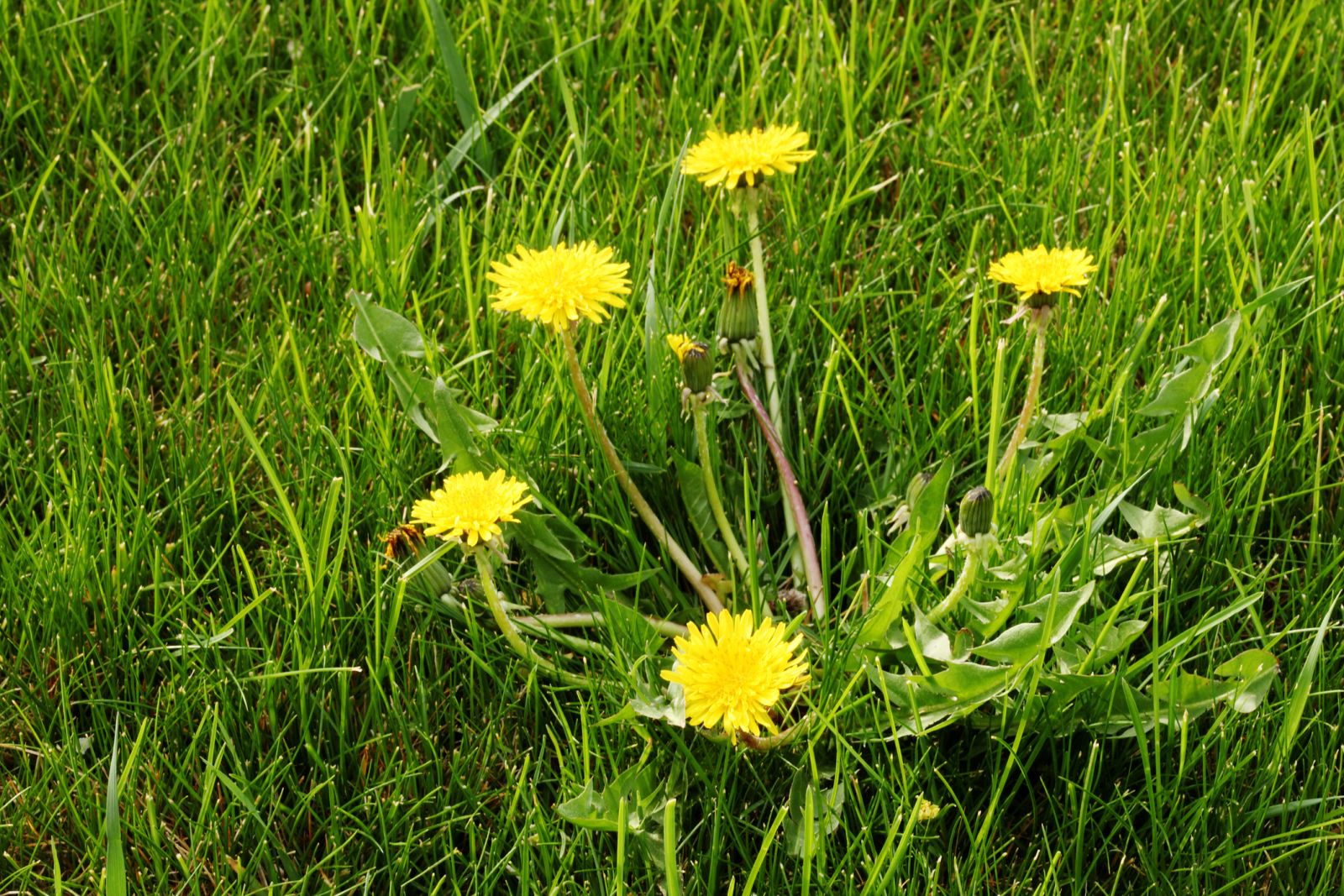Late Autumn Weed Germination. What to expect and how to respond
Author: Stefan Palm Date Posted: 1 May 2025
As the warm days of summer give way to the cool, crisp air of late autumn in South Australia, something stirs beneath the soil—not just your lawn preparing for winter, but weeds preparing for war.
Cooler temperatures in late autumn are one of nature’s key signals for the germination of winter annual weeds. These include common culprits such as Winter Grass (Poa annua), Sour Sobs and a host of broad-leaf weeds which can rapidly take hold if your lawn is left unprotected.
Why Now?
Weed seeds are opportunistic. Many lie dormant through summer, waiting patiently for the right environmental cues. One of the strongest of these cues is a sustained drop in temperature combined with increased soil moisture—conditions typical of late autumn in South Australia. These factors trigger germination almost simultaneously across a wide area, leading to what’s often referred to as a “flush” of weed growth.
If you haven’t already noticed new weeds emerging in your lawn this season, you’re likely to see a burst in the coming weeks, especially if your region has received recent rain or heavy dew.
Weeds to Watch For
-
Winter Grass (Poa annua) – A low-growing, light green grass that spreads quickly in cooler months.
-
Broad Leaf weeds - This is a group of weeds including Bindi, clover, thistle, creeping oxalis etc.
-
Sour Sobs - A clover-looking weed with black spots on the leaves. Look for its yellow flowers and a long white tap root when you pull it out.
What Can You Do?
1. Pre-Emergent Herbicides (If You’re Quick)
If weeds haven’t yet germinated or have only just begun, there’s still time to apply a pre-emergent herbicide. These create a barrier in the soil that stops seedlings from establishing. However, timing is critical—once the weeds are visible and established, pre-emergents are less effective.
2. Post-Emergent Control
For established weeds, choose a selective herbicide suited to your lawn type (Kikuyu, Couch, Buffalo, etc.). For broadleaf weeds, use a product called Bow and Arrow. For poa annua, try David Grey's Winter Grass Killer. Always read the application guidelines carefully to avoid damaging your lawn.
3. Hand Removal
For smaller infestations or sensitive areas, manual removal can still be effective, especially for taproot weeds like Onion Grass or Bindi. Aim to remove the entire root system to prevent regrowth.
4. Improve Lawn Health
A thick, healthy lawn is your best long-term defence. Over the coming months:
-
Fertilise appropriately for the season (using a low-nitrogen, high-potassium blend in late autumn).
-
Mow regularly to reduce weed seed heads.
Final Tip: Stay Vigilant
The next week is a critical time for observing what’s popping up in your lawn. With a little action now, you can stop winter weeds from becoming a much bigger headache come Spring - always remember that weeds are much easier to control when they are young.


